The German language has a number of different words for vegetables, and they are not all easy to translate into English. There is the word “Gemüse” which can mean both vegetables and fruits in general. But what are some of these vegetables? And how can we recognize them? Let’s take a look at some of the most different types Of German Veggies

Growing Vegetables In Germany
Growing vegetables in Germany is a very popular hobby, and the German people are very proud of their vegetable gardens.
The Germans have been growing vegetables for centuries, and they have developed many different varieties that are not found anywhere else in the world. They grow these vegetables year-round, even during the winter months.
The Germans also use different techniques to grow their vegetables than we do here in America.
For example, instead of using pesticides or chemicals to control pests, the Germans rely more frequently on natural methods such as traps and barriers to keep them away from their plants.
This helps to preserve the flavor of the vegetables and makes growing vegetables more environmentally friendly.
1. Kohlrabi
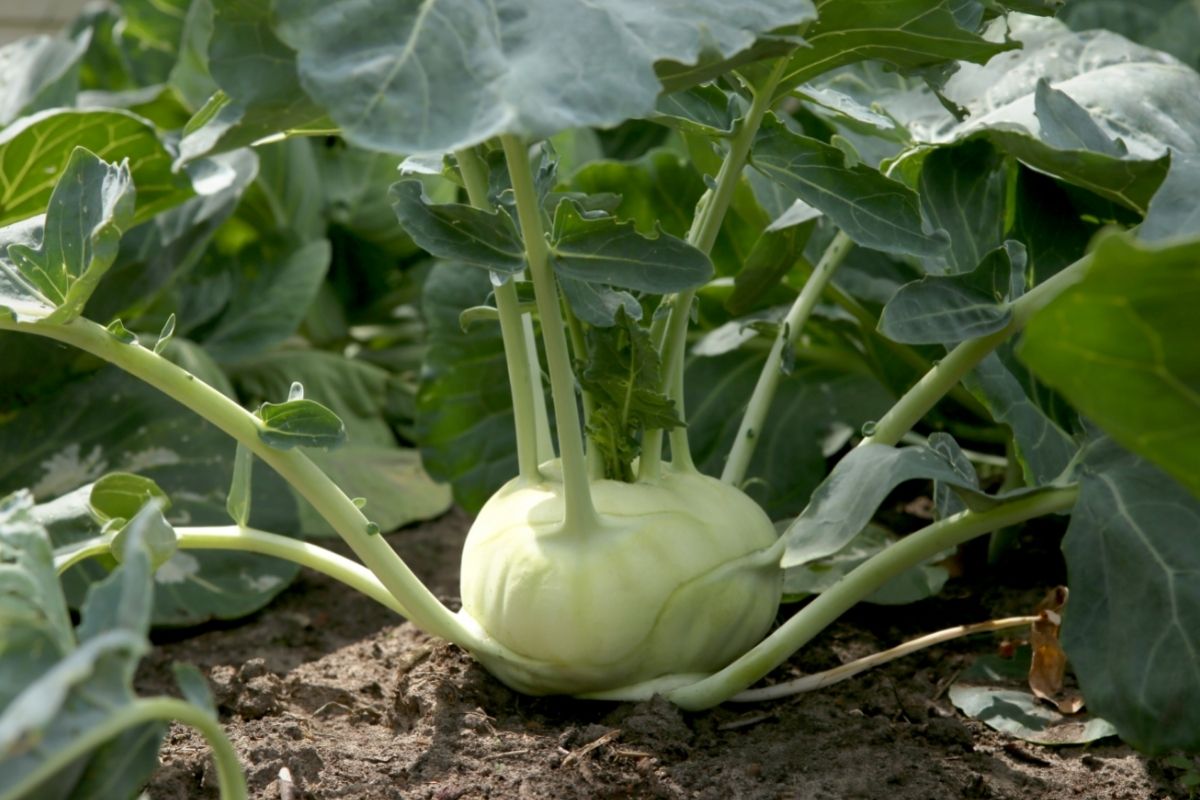
Kohlrabi is one of the most common vegetables grown by the Germans. It is a cross between cabbage and turnip, and it grows well in cool climates. Kohlrabi can be eaten raw or cooked like other root vegetables.
It tastes best when it is young, but it will store for several weeks if you leave it out of direct sunlight.
You can find kohlrabi in grocery stores throughout the United States, but it is available only seasonally.
2. Spinach

Spinach is another favorite German vegetable, and it is often used in salads. Spinach is grown in large greenhouses where it gets plenty of light.
If you want to eat fresh spinach, you should buy it in the springtime. When it is harvested, it should still be bright green.
You can cook fresh spinach just like any other leafy green vegetable.
3. White Asparagus
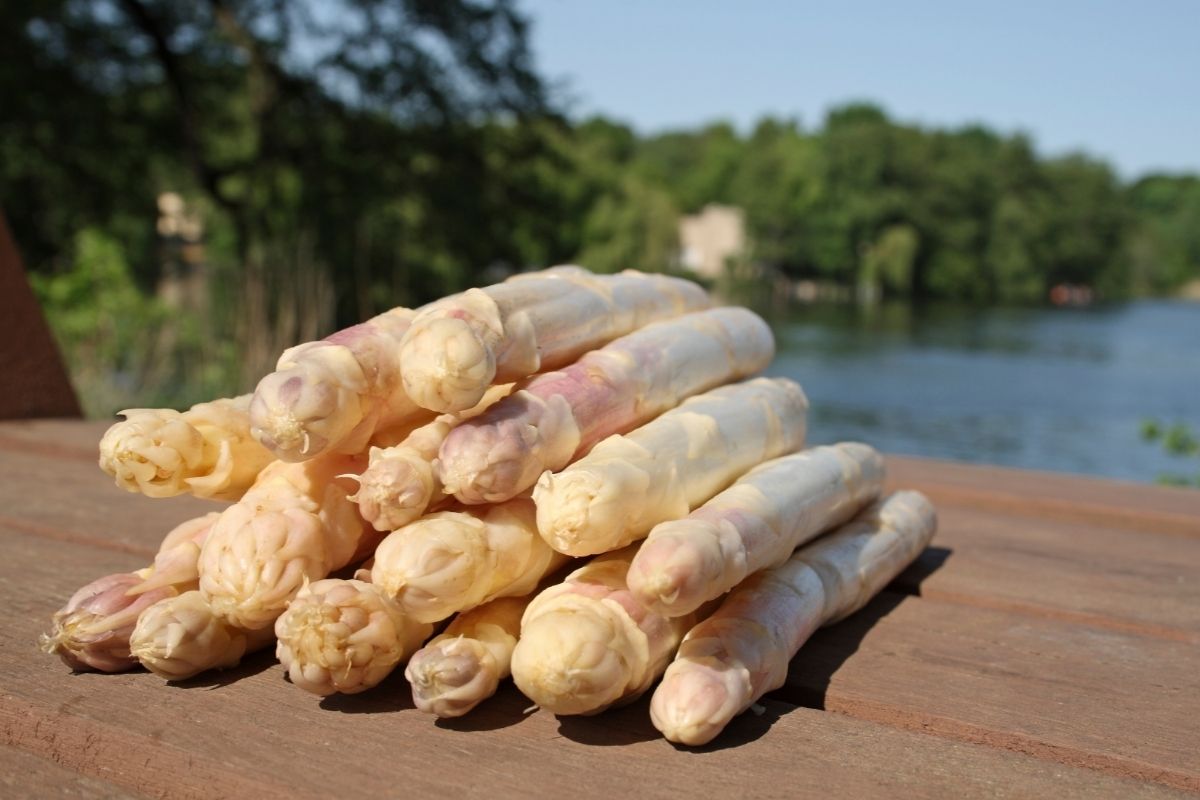
Asparagus is one of the earliest vegetables to come up after planting seeds outdoors. White asparagus is usually planted in early May and harvested in late June.
Asparagus is high in vitamin C and fiber, so it is considered an excellent food for diabetics.
When buying white asparagus, make sure that it is firm and straight. If the stalks bend easily, then it is probably old.
4. Savoy Cabbage
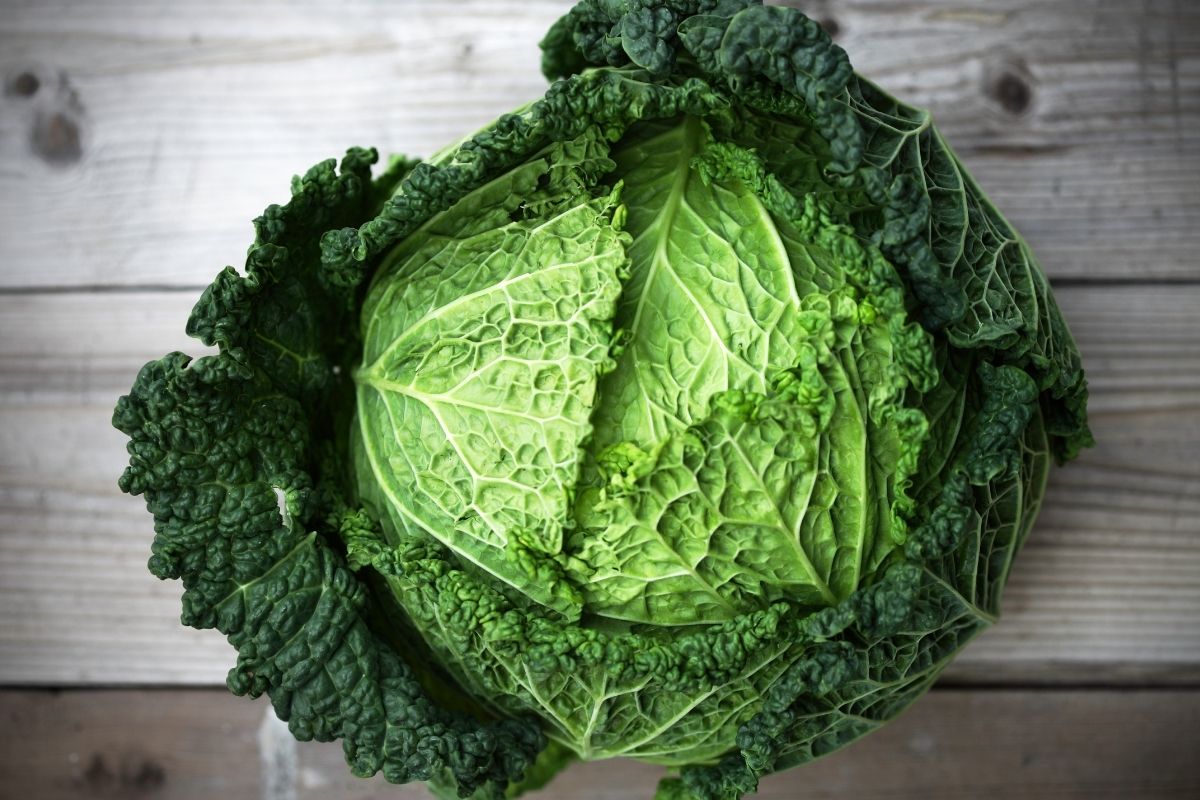
Savoy cabbage is similar to regular cabbage, but it has larger leaves. Savoy cabbage is a good source of vitamins A and K, plus calcium and iron.
You can either boil it like regular cabbage or saute it with onions and garlic.
5. Sauerkraut
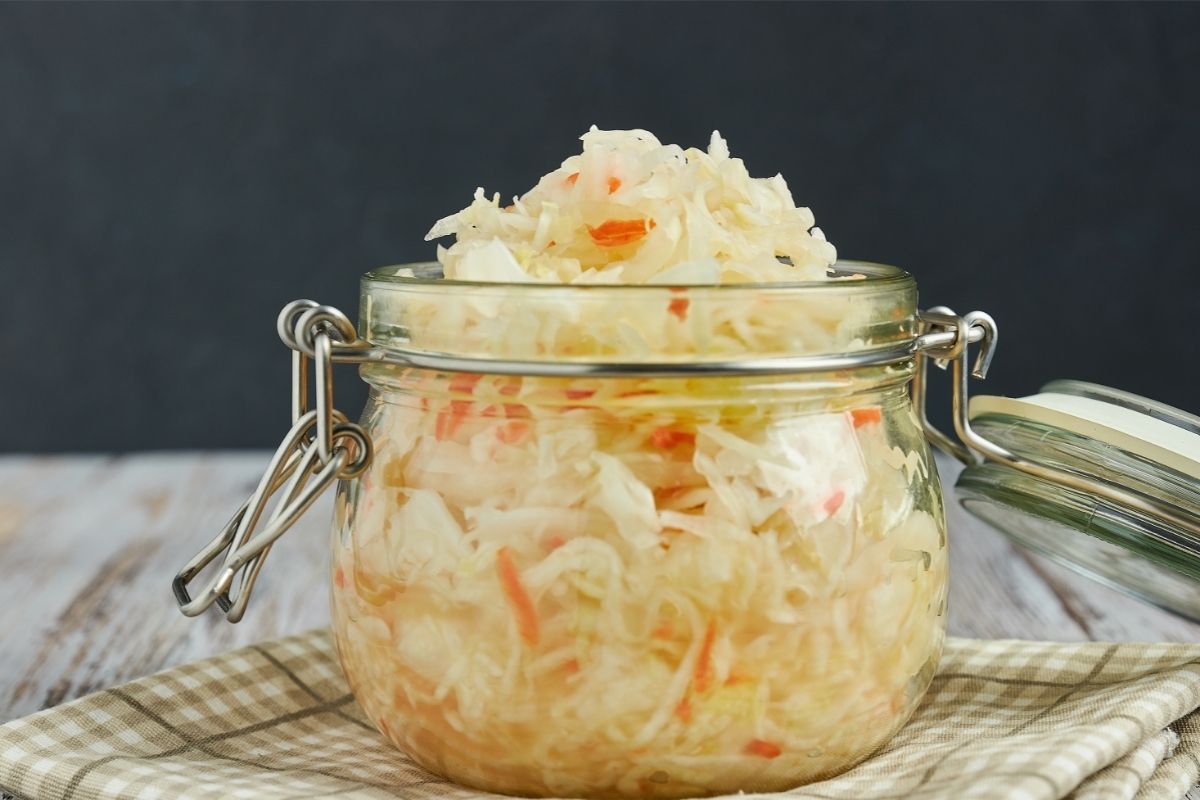
Sauerkraut is made from shredded cabbage that is fermented in a brine of salt, vinegar, and white wine for about two weeks.
Sauerkraut is delicious and nutritious, and it’s great for your digestive system. Sauerkraut is widely served with popular German meats, like Schnitzel.
6. Carrots

Carrots are one of the oldest cultivated vegetables in Germany, and around the world.
Carrots were first domesticated around 8,000 years ago in Central Asia, and they were later introduced to Europe.
Today, carrots are grown worldwide, and they are available year-round.
7. Beets
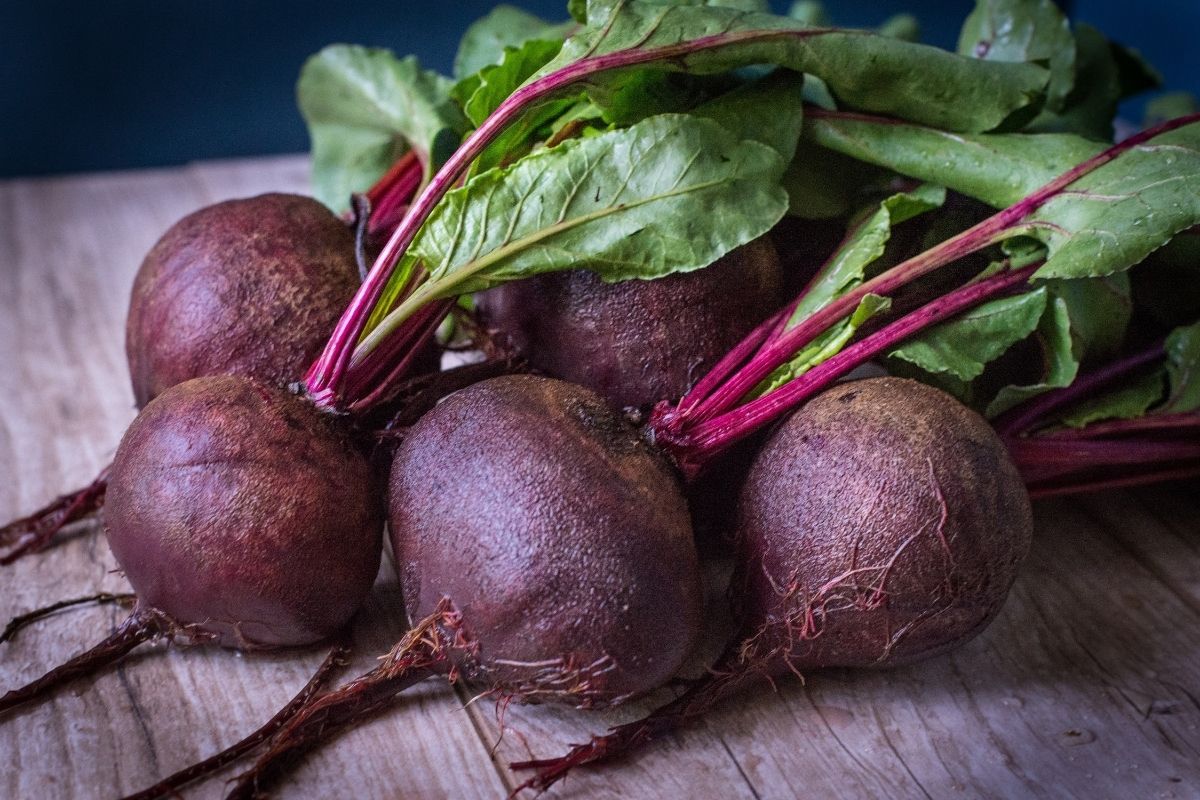
Beets are another favorite German vegetable, especially among children. Beets are rich in nutrients, including potassium, phosphorus, magnesium, and folate.
They taste great roasted, boiled, or pickled.
8. Celery

Celery is another popular German vegetable. You can eat celery raw or cooked, and it adds a nice crunch to dishes.
Celery contains lots of minerals, including manganese, copper, zinc, and selenium.
9. Brussels Sprouts
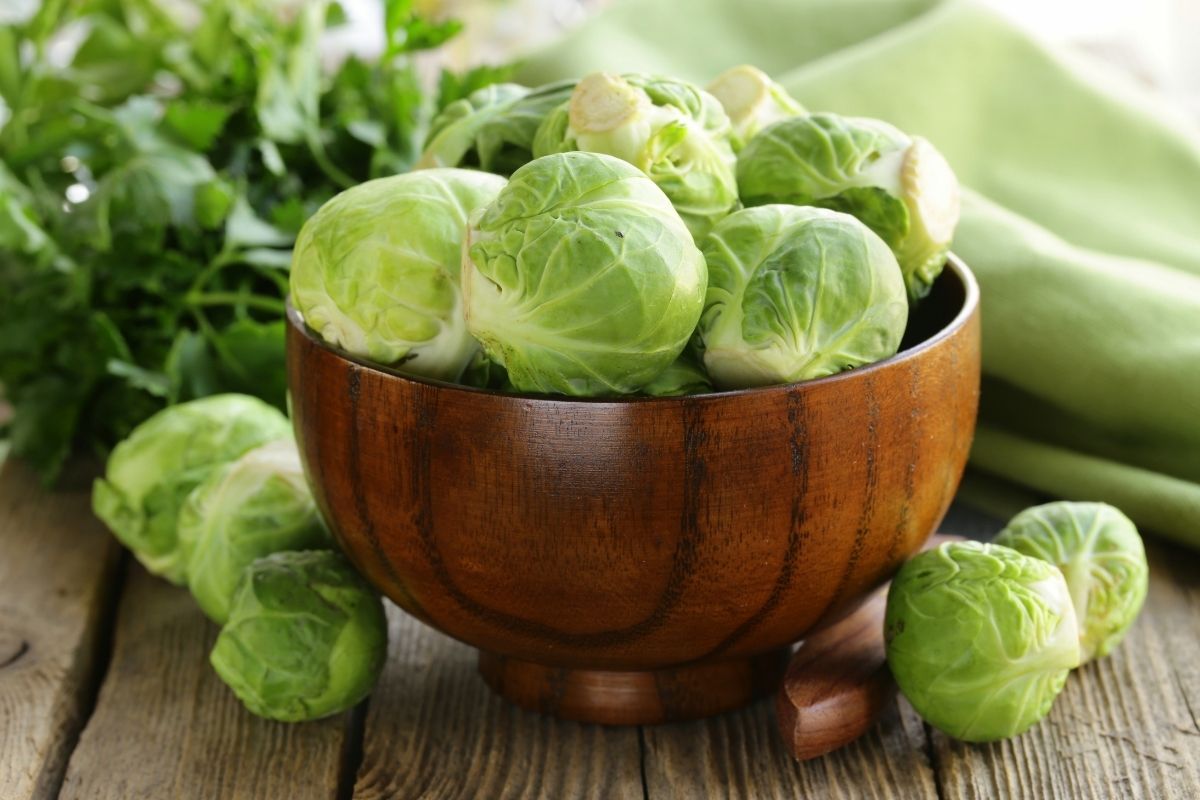
Brussels sprouts are small, pale green buds that look like broccoli rabe. They are a member of the cabbage family and are very nutritious.
Brussels sprouts contain many vitamins and minerals, including vitamins A, B6, C, E, and K, folic acid, and thiamine.
They also have a lot of dietary fiber and protein.
10. Potatoes

Potatoes are a staple part of the diet in Germany, and they are used in many different meals. Potatoes are easy to grow and require little maintenance.
They are low in calories and fat, and they provide lots of vitamins and minerals.
11. Tomatoes
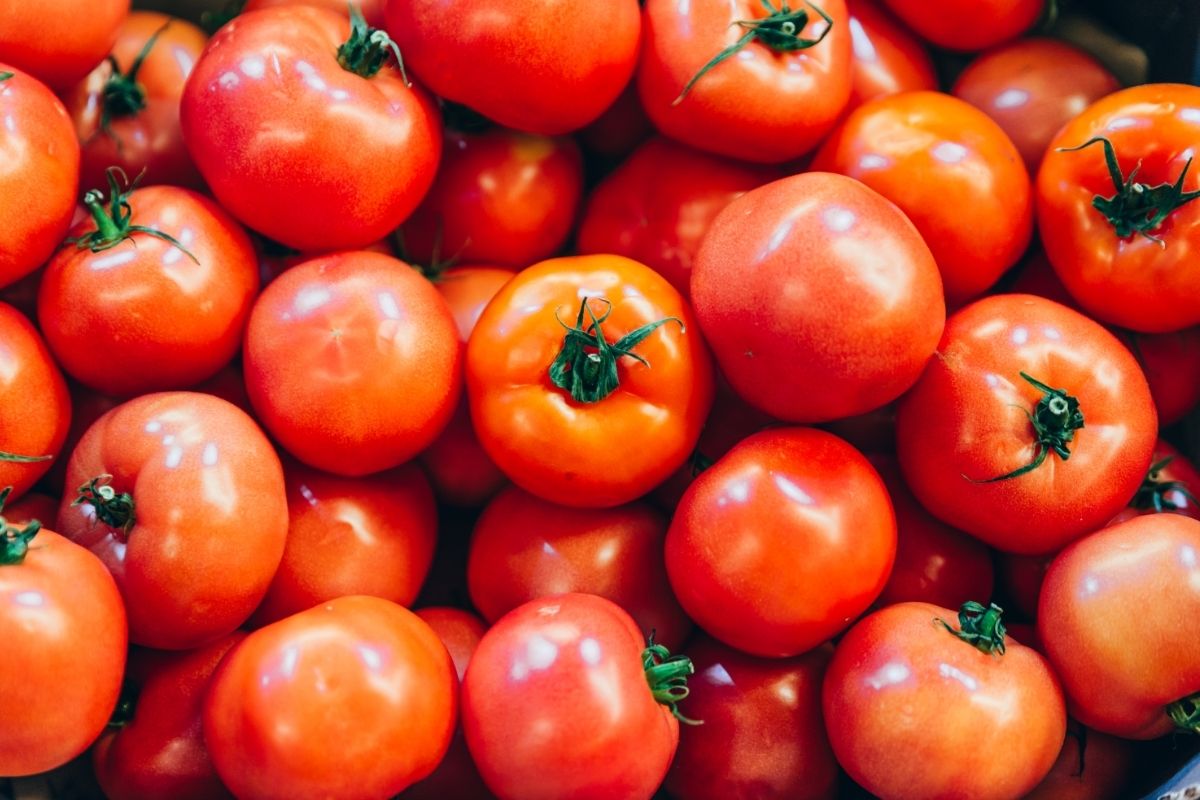
Tomatoes are a big favorite with the Germans, and they can add color and flavor to many meals. Like potatoes, tomatoes are easy to grow and need little care.
They are loaded with antioxidants and lycopene, which may help prevent certain types of cancer.
12. Sweet Potato
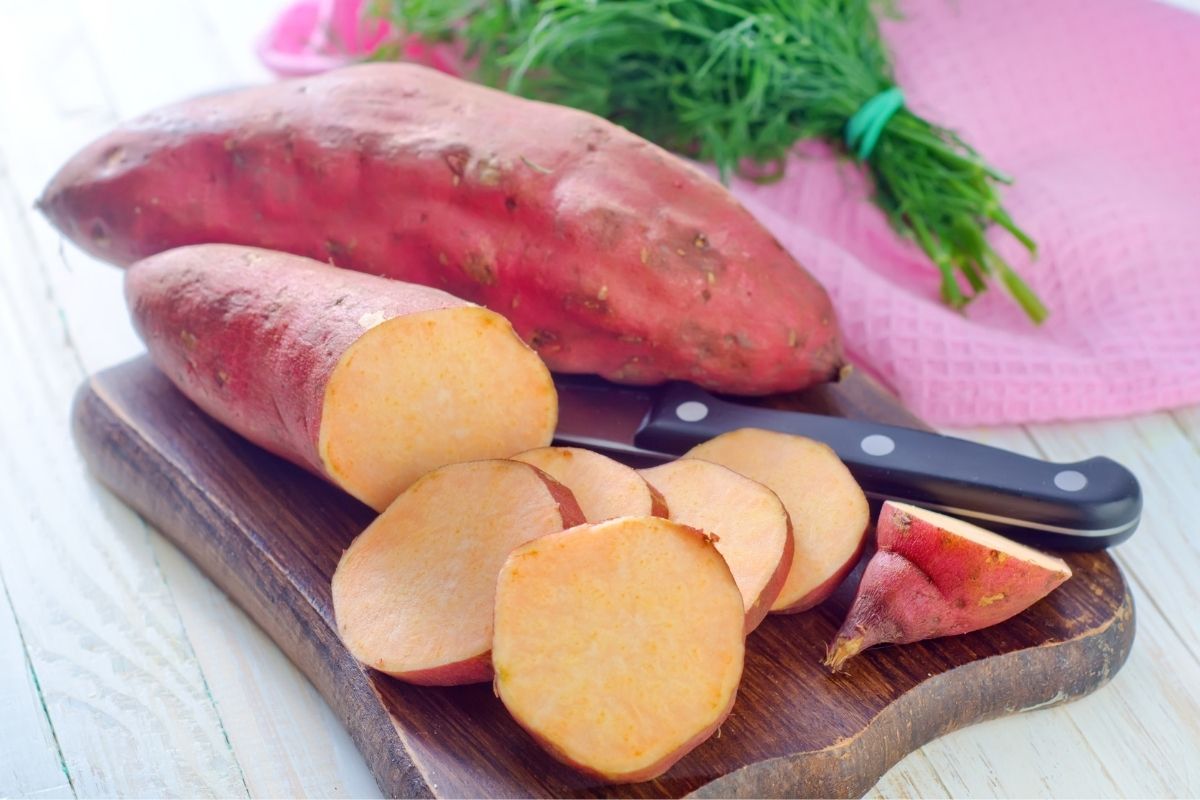
Sweet potato is not a true potato, but it tastes delicious when baked or mashed. It is a root vegetable that grows underground.
Sweet potatoes are packed with vitamins and minerals, including vitamin A, vitamin C, vitamin D, niacin, and riboflavin.
13. Cauliflower

Cauliflower is another favorite German vegetable. It is related to broccoli, but it is milder tasting. Cauliflower is grown all over the world and is often seen in German allotments.
It is high in vitamin C, vitamin K, and folate. It also provides lots of other important nutrients, such as calcium, iron, and magnesium.
14. Peas

Peas are a legume, which means they belong to the pea family. Peas are grown for their edible pods, which contain peas inside.
People usually eat the peas fresh, but you can cook them too. They are a healthy addition to any meal because they are full of nutrients, as well as high in vitamin C, folate, and fiber.
15. Onions
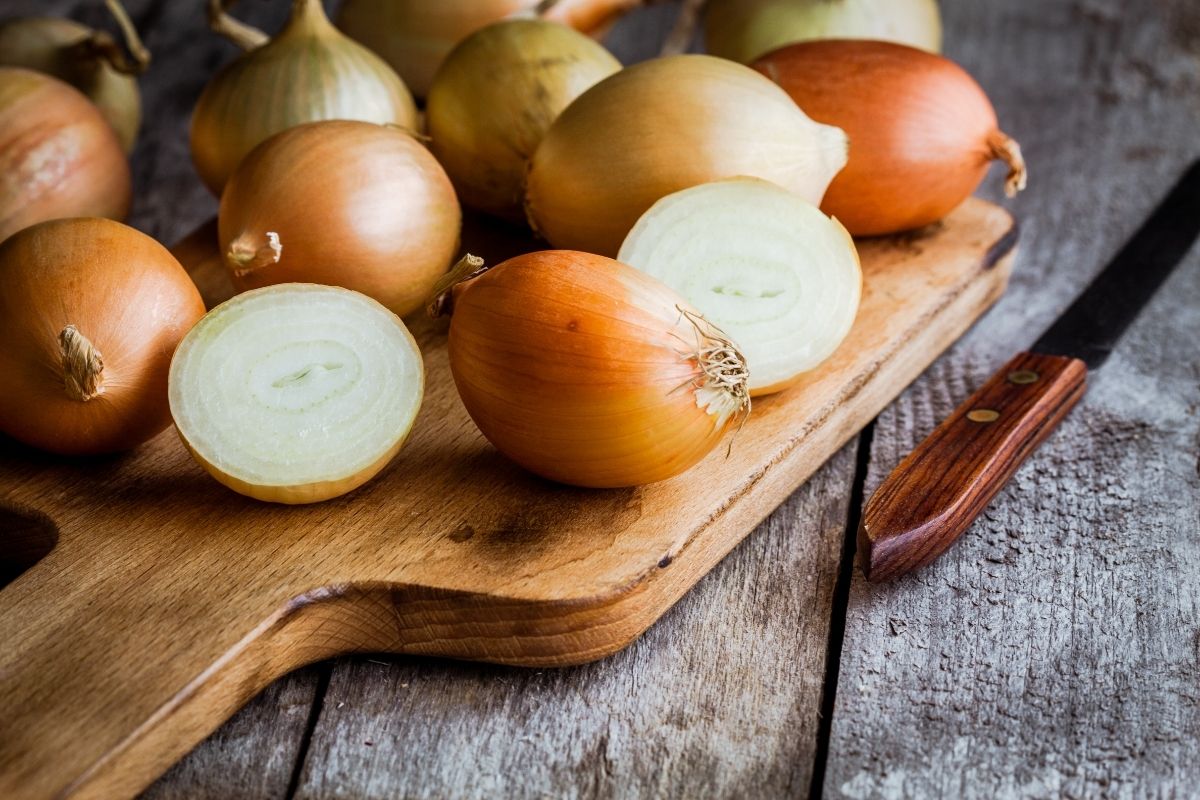
Onions are members of the lily family and they are related to leeks. Onions are a common ingredient in German cuisine, and they are used to make sauces, soups, stews, and salads.
Onions are an excellent source of vitamin C, vitamin B6, and folate.
16. Hamburg Parsley
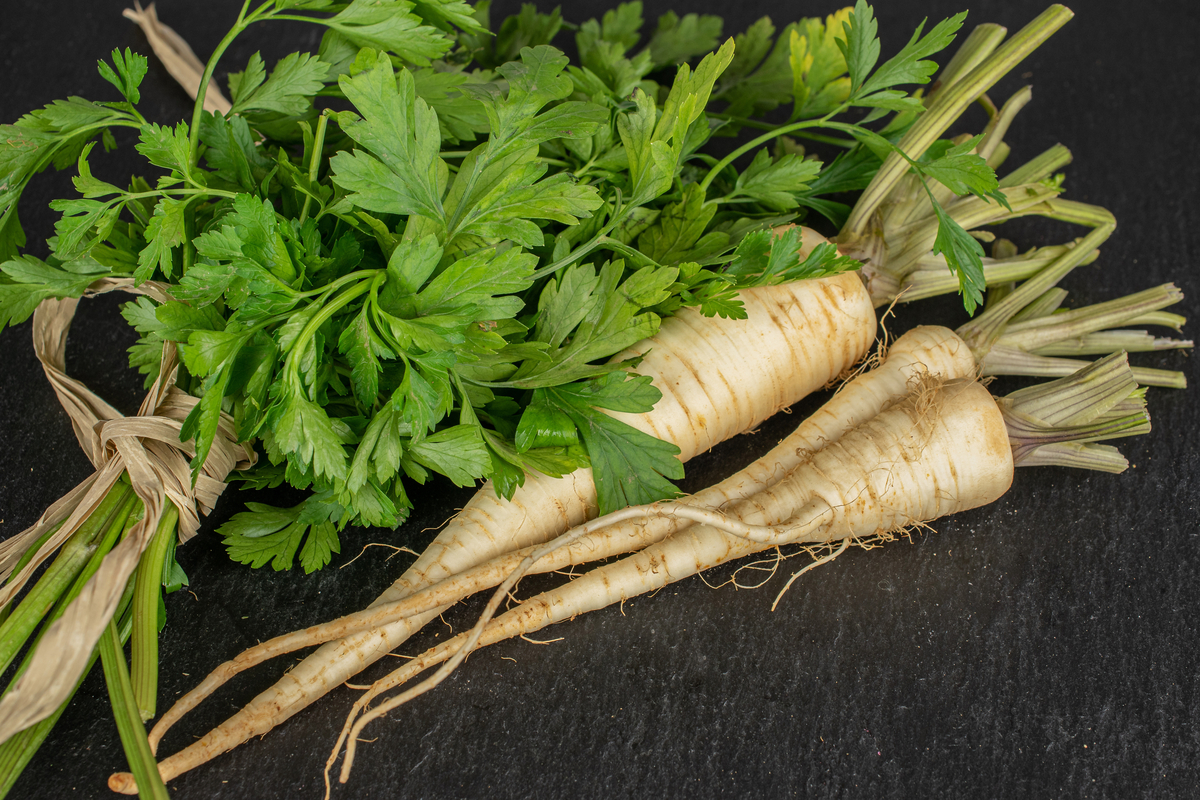
Parsley is one of the most popular herbs in Germany. Hamburg parsley has a slightly stronger flavor than regular parsley.
The Germans do not just use the leaves of this vegetable to add flavor to their dishes but the turnip root can also make a great side dish.
Parsley is a good source of vitamin C, and it is also high in vitamin K, folate, and potassium.
17. Red Radish
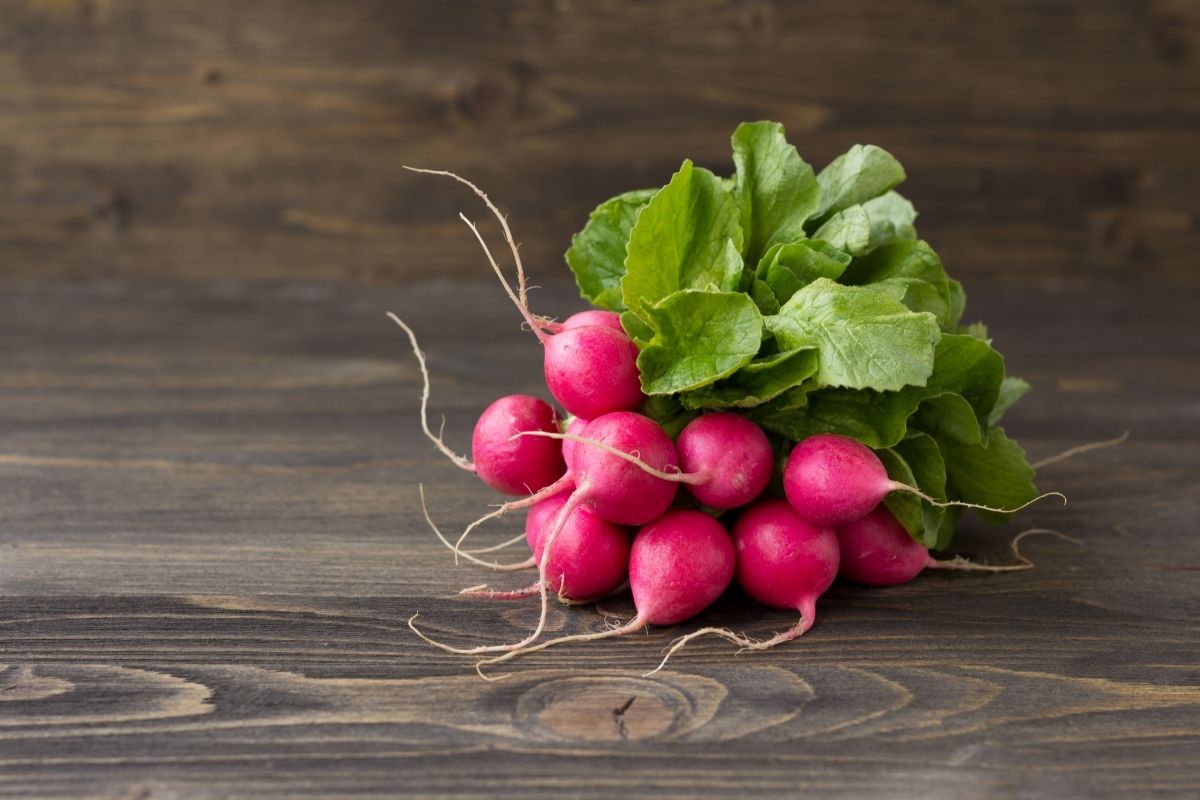
While “Rettich” in German includes all radishes but it most commonly refers to the larger Daikon and winter radishes.
The Germans also have a term, particularly for the red radish (“Radieschen”) which is smaller and not as sharp in taste as some other radishes.
18. White Radish (Beer Radish)
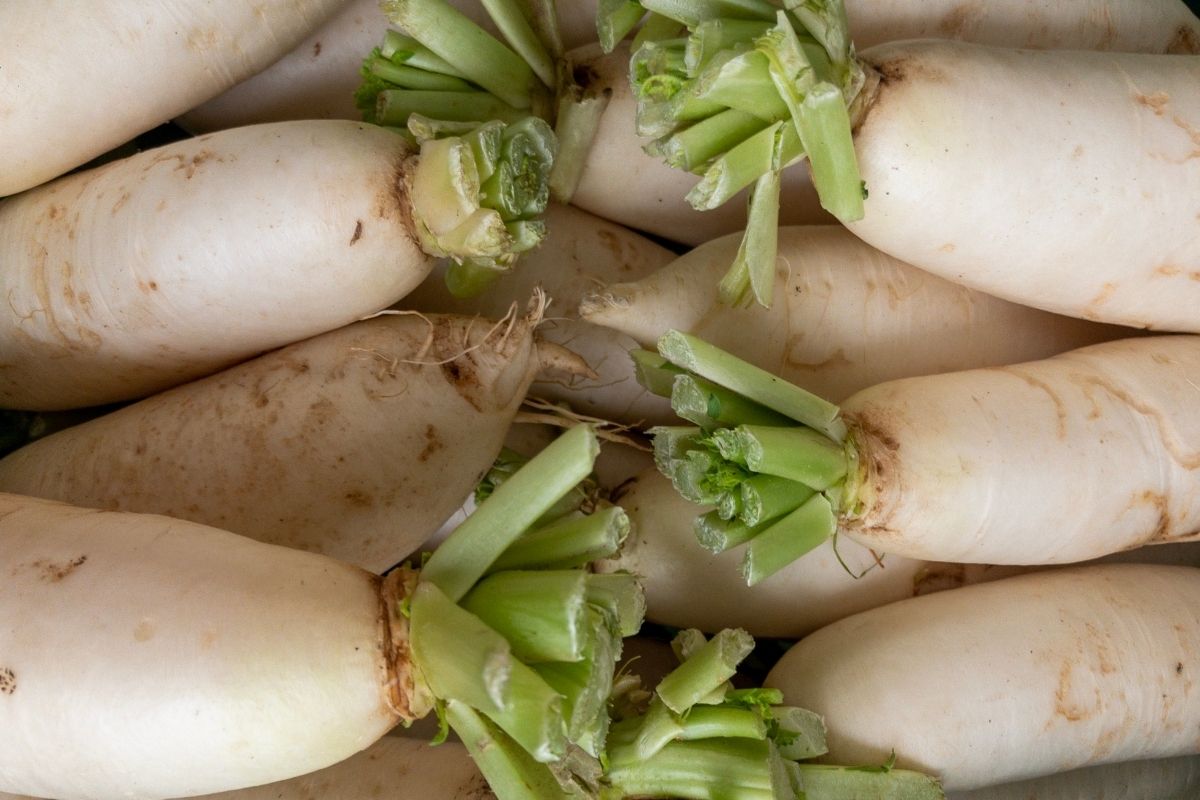
Another type of radish that is eaten by the Germans is called Beer Radish. This is a white radish with a long taproot.
This radish is similar to the Japanese daikon radish, which is known as “Naga-imo”. The Germans call it “Bier Radieschen”.
This radish is very nutritious and is high in Vitamin C, vitamin K, folate, and potassium.
19. Gherkins
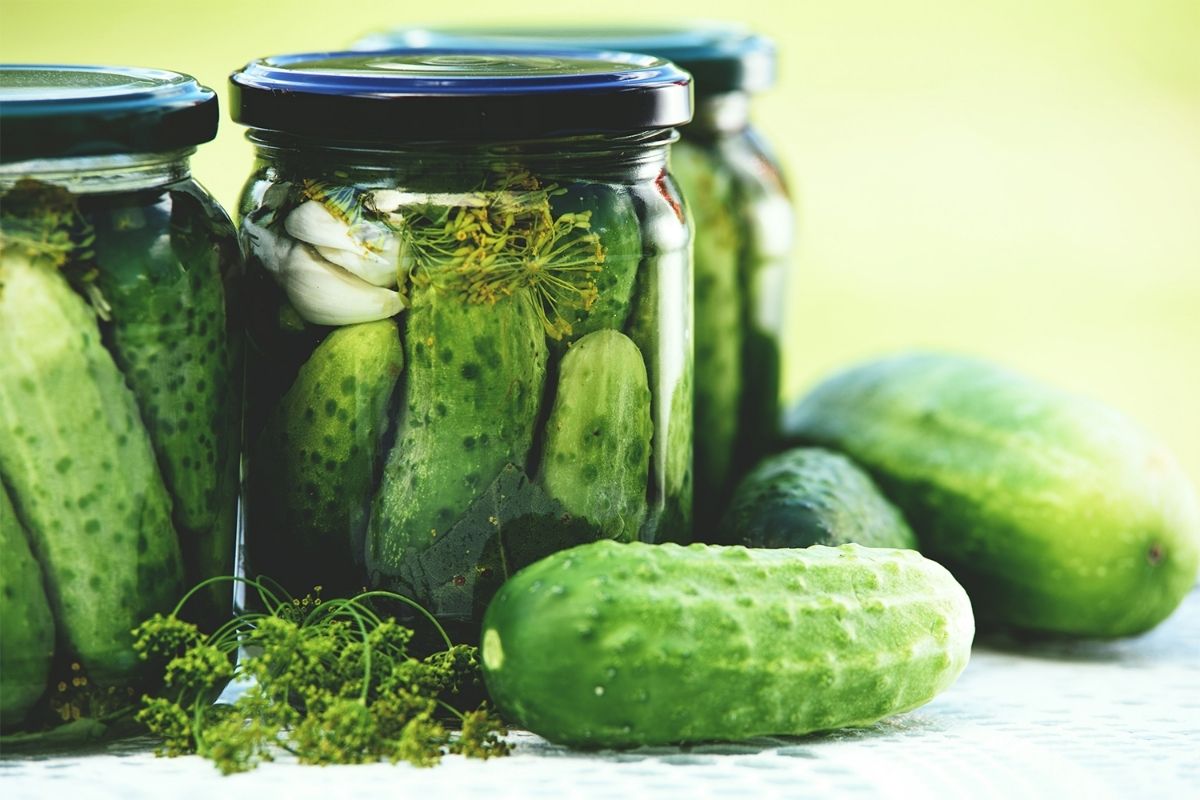
Gherkins are pickled cucumbers. In Germany, gherkins are typically served as part of a salad.
Cucumbers are grown around the world, but gherkins with their particular vinegar-wine taste are more commonly found in Europe.
Gherkins are a good source of vitamin K, vitamin C, and folate. They are also high in potassium.
20. Garlic
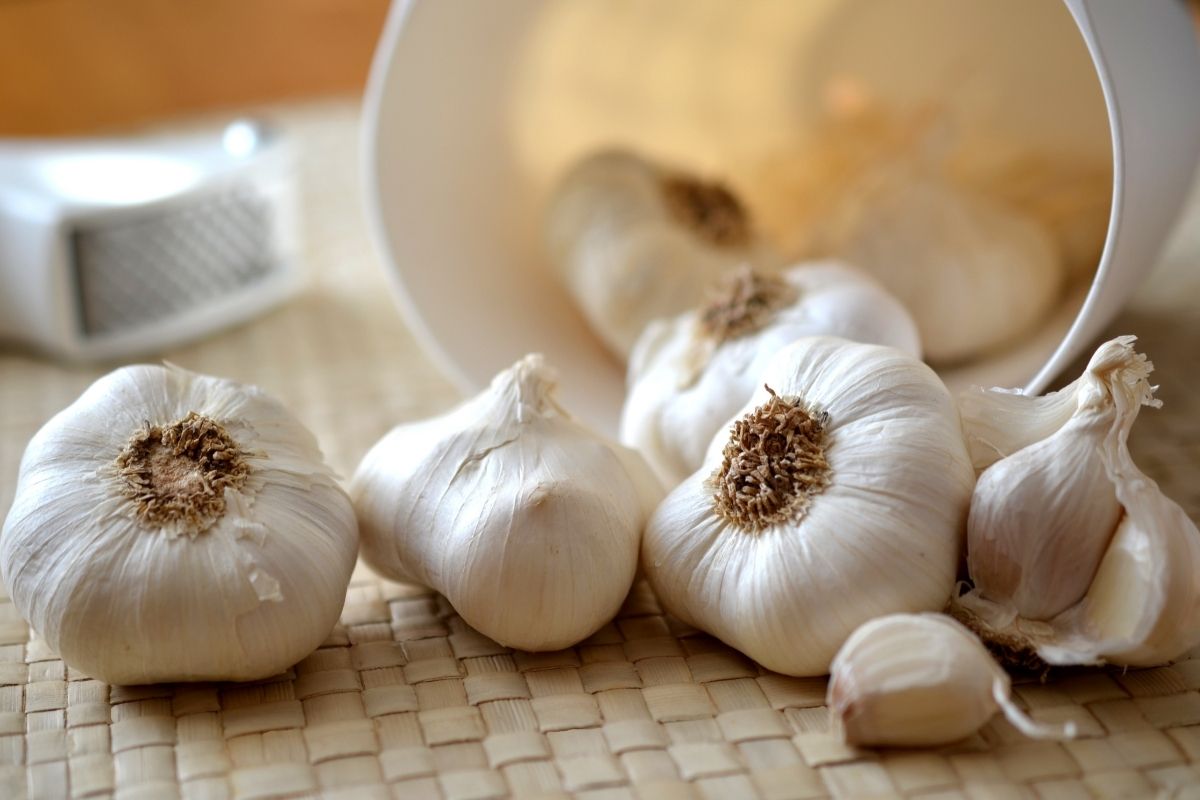
Garlic is a member of the onion family and it comes from the same plant as onions. Garlic is used in many different ways throughout the world, but its main purpose is to be added to food.
In Germany, garlic is used mainly in cooking, especially when making sauerkraut or kimchi.
Garlic is a rich source of selenium, manganese, copper, zinc, and vitamin B6.
21. Black Salsify
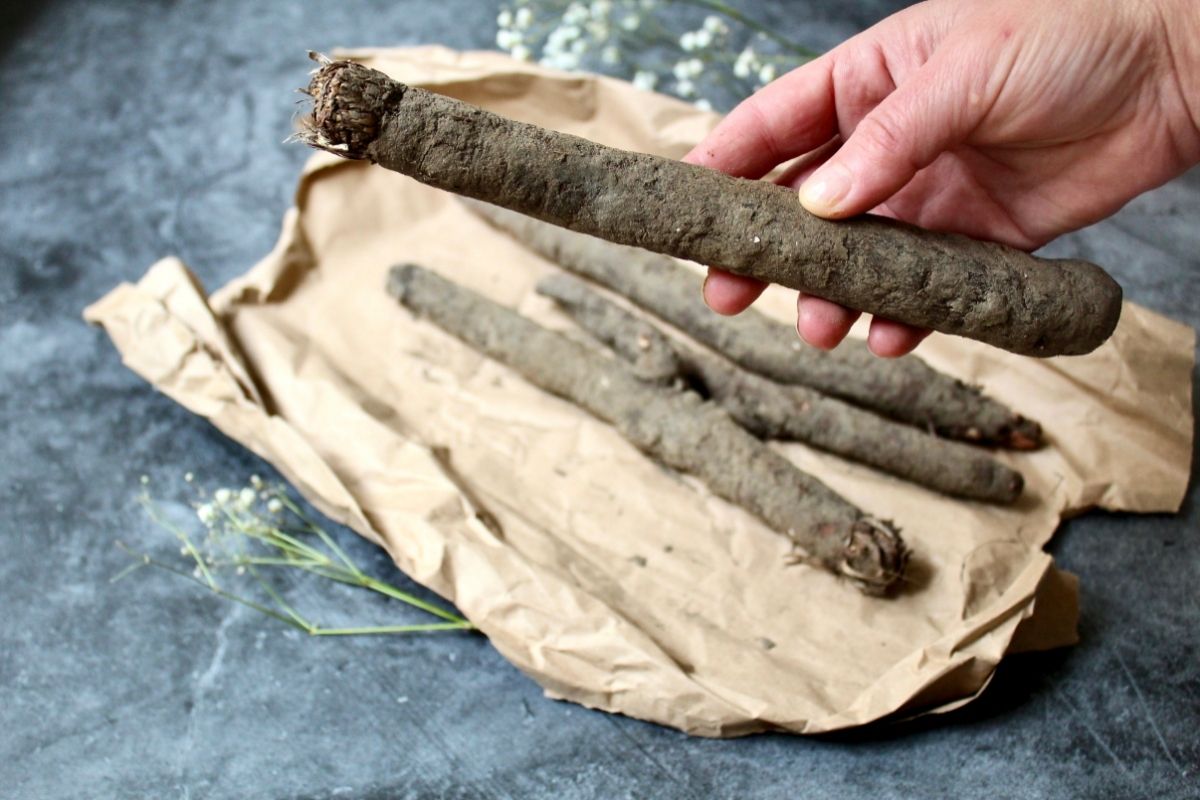
Salsify is a member of the beet family and it looks like a large, black carrot. Salsify is native to Eurasia, but it is now cultivated worldwide.
Salsify is also called the oyster vegetable and, although it resembles a carrot, salsify is a member of the dandelion family.
Black salsify tastes slightly sweet, with a similar flavor to an oyster or artichoke. It is often cooked and then served as a side dish.
It is a good source of vitamins A, C, and E, plus iron, calcium, phosphorus, magnesium, and folic acid.
Final Thoughts
While the Germans grow a lot of vegetables that are also grown elsewhere in the world, some are better known in Germany, such as kohlrabi.
The Germans have also developed several different varieties of onions, potatoes, cabbages, and asparagus over the years.
So next time you visit Germany, make sure to try out some of these tasty vegetables.
Frequently Asked Questions
Get your last-minute questions answered here!
What Is A German Vegetable?
The Germans love their vegetables and there are some delicious varieties grown in Germany. Potatoes, carrots, asparagus, and cabbages are particularly popular.
Some lesser-known vegetables grow especially well in Germany, such as kohlrabi.
What Vegetable Is Popular In Germany?
The most loved vegetable in Germany is the potato. Germans consume almost twice the amount of potatoes as tomatoes (which is the second most popular).
What grows naturally in Germany?
There are a variety of fruit and vegetables that grow naturally in Germany. Oats, rye, and potatoes grow very well in some of the Northern regions in Germany.
What’s The Healthiest German Vegetable?
Potatoes are considered one of the healthiest foods in Germany. Potatoes contain lots of nutrients, including fiber, protein, carbohydrates, minerals, and vitamins.







